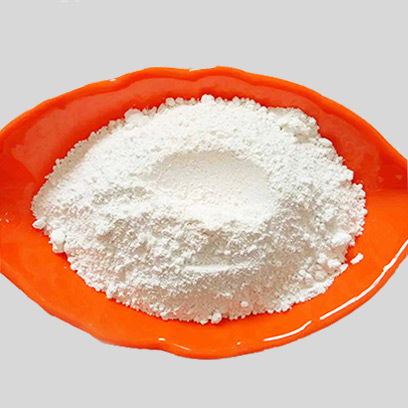
Ago . 18, 2024 05:18 Back to list
Properties and Applications of Titanium Dioxide with CAS Number 13463-67-7
Titanium Dioxide (CAS No. 13463-67-7) An Overview
Titanium dioxide (TiO2), designated by its Chemical Abstracts Service (CAS) number 13463-67-7, is a naturally occurring oxide of titanium. It appears as a white powder and is well-regarded in various industries for its remarkable properties, primarily as a pigment and a filler. This article delineates the characteristics, applications, and safety considerations regarding titanium dioxide.
Properties of Titanium Dioxide
Titanium dioxide is known for its high refractive index and strong UV light absorbing capabilities. These properties make it an exceptional white pigment, contributing to its widespread use in enhancing the opacity and brightness of products. TiO2 predominantly exists in three crystalline forms rutile, anatase, and brookite. Among these, rutile is the most stable and commonly used form, favored for achieving superior performance in various applications.
One of the reasons titanium dioxide ranks as one of the most widely used white pigments is its non-toxic nature, excellent durability, and resistance to fading. The compound is chemically inert, which means it does not easily react with other chemicals. This stability is pivotal in ensuring that products containing TiO2 maintain their integrity and appearance over extended periods.
Applications of Titanium Dioxide
Titanium dioxide is extensively utilized in numerous sectors
1. Paints and Coatings TiO2 is a primary ingredient in paint formulations, providing excellent coverage and UV protection. Its high refractive index enhances the brightness and durability of the paint, making it ideal for both indoor and outdoor applications.
2. Plastics and Rubber In the plastic industry, titanium dioxide is incorporated to improve the opacity and brightness of various products, including packaging materials, consumer goods, and automotive components. The ability of TiO2 to withstand heat enhances the durability of rubber products, making it a preferred additive.
cas no.13463-67-7 titanium dioxide

3. Cosmetics The cosmetic industry employs titanium dioxide as a pigment and UV filter in sunscreens and makeup. Its ability to reflect UV radiation helps protect against skin damage while providing coverage in cosmetic formulations.
4. Food Industry TiO2 is sometimes used as a food additive (E171) to enhance the whiteness and opacity of food products. However, its usage in food products has sparked regulatory scrutiny over potential health risks.
5. Photocatalysis Titanium dioxide exhibits photocatalytic properties, meaning it can accelerate chemical reactions in the presence of light. This characteristic is employed in environmental applications, such as air and water purification, where TiO2 helps break down pollutants.
Safety and Regulatory Concerns
Despite its widespread use, the safety of titanium dioxide has garnered attention, especially in respirable powder forms. Studies and regulatory bodies have debated its potential health effects, particularly when inhaled. The International Agency for Research on Cancer (IARC) classified titanium dioxide as a Group 2B carcinogen (possibly carcinogenic to humans) when inhaled in the form of dust. This classification has led to increased regulatory oversight in specific applications, especially in industries where inhalation exposure may occur.
As a response to potential health risks, many manufacturers are exploring ways to minimize exposure and improve the safety of titanium dioxide usage, particularly in occupational settings.
Conclusion
Titanium dioxide (CAS No. 13463-67-7) is a versatile compound integral to various industries, prized for its pigmentation, stability, and protective qualities. While its benefits are substantial, ongoing research and regulatory evaluations play a crucial role in ensuring its safe use. As industries continue to innovate, the future of titanium dioxide will likely involve developing safer practices and exploring new applications that harness its unique properties while prioritizing human health and environmental safety.
-
High Quality China Black Iron Oxide Powder Supplier Competitive Price & Fast Delivery
NewsJul.08,2025
-
High Quality Titanium Dioxide Used in Rubber – Trusted Supplier & Factory Price
NewsJul.08,2025
-
High Purity Barium Sulfate Particle Size - Wholesale Manufacturer from China
NewsJul.07,2025
-
Premium Titanium Dioxide Lomon R-996 Supplier – Quality & Wholesale Price from China
NewsJul.07,2025
-
Top Titanium Manufacturers in China - Quality Titanium Dioxide Supplier & Production Line Solutions
NewsJul.06,2025
-
OEM Titanium White Supplier & Factory – High Purity, Consistent Quality for Industrial Use
NewsJul.06,2025
